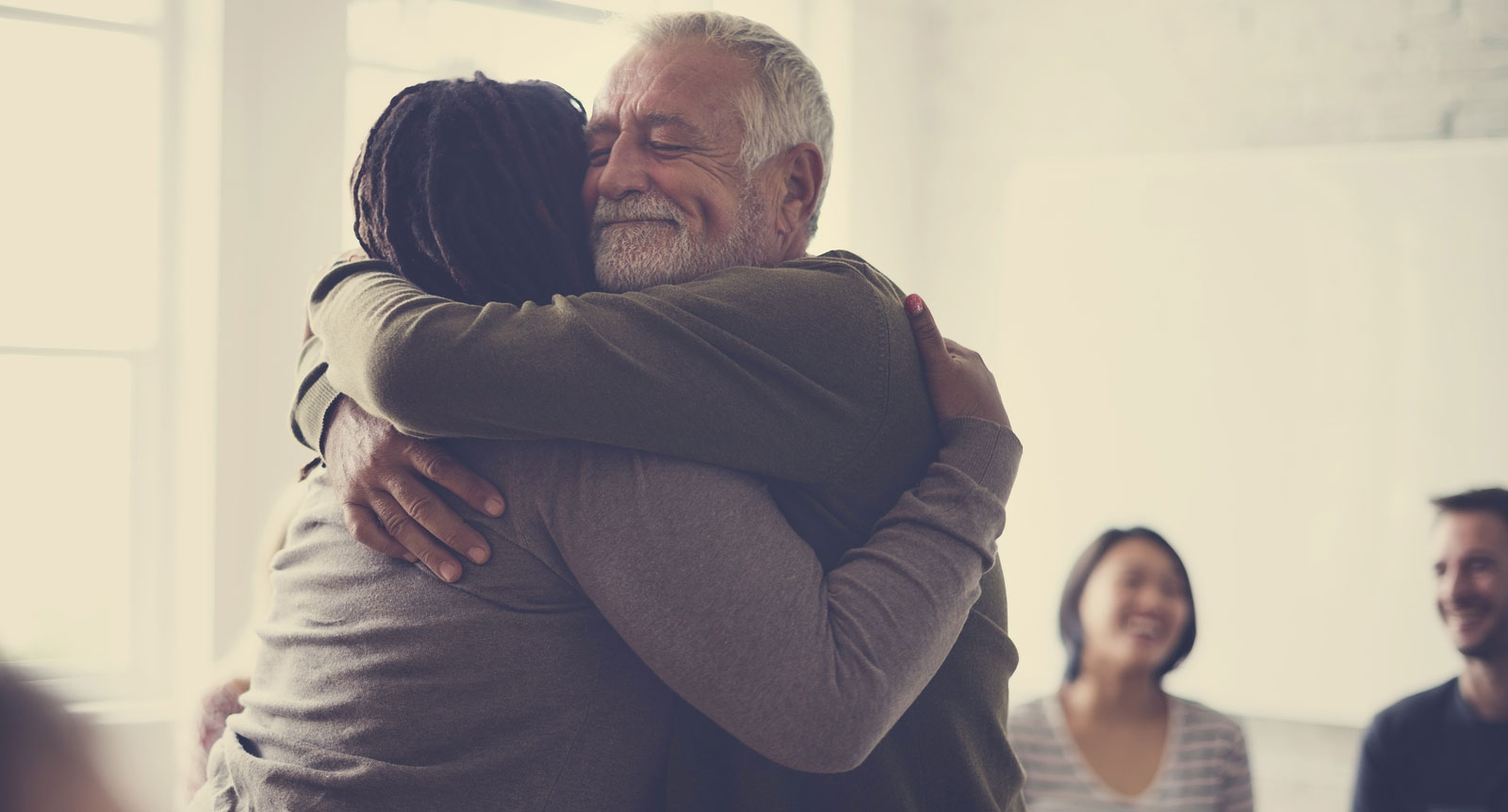
AUTHOR: Murray Zucker, MD, Medical Director for Chess Health
“There’s more than one way to tell each other things, and there’s more than one way to listen, too.” – Kathleen Hannigan
Those who work in the Substance Use Disorder treatment community will likely find Kathleen Hannigan’s observation relevant – especially when the discussion turns to the best way to incorporate technology into the recovery mix. Mobile health tools hold promise, but most recovery experts believe that without peer support, their effectiveness is limited. It’s the power of both that can make the difference in recovery outcomes.
The Origin of Peer Support for SUD
When Bill W. and Dr. Bob S., founded Alcoholics Anonymous in 1935, they turned to the then-novel practice of building a community of those in recovery so they could share, learn from, and help each other to remain sober. Research[1] shows that for individuals who go through a formal treatment program as well as become AA members, their abstinence rate is much higher at the one, three and eight-year marks.
Emergence of Mobile Health Solutions
The rise of the smartphone introduced new models for fitting peer involvement into the recovery landscape. Beginning in 2011, less than one percent of addiction treatment providers were using telemedicine, which is defined as the use of telecommunications technology (like smartphones) to diagnose and treat patients. While still limited, more addiction treatment centers are embracing telemedicine for its ability to remove barriers of time and distance, as well as to address a chronic shortage of trained healthcare professionals.
Peer Support Today
In the face of an ever-widening opioid epidemic, and amidst an SUD environment where recovery metrics show limited progress, treatment centers are looking to combine the best that technology has to offer with the time-tested method of peer involvement in recovery.
Peer specialists, employed by treatment centers, rehabilitation hospitals, and other care settings, add structure to the more informal peer models of voluntary recovery programs like AA and Narcotics Anonymous. For example, Council on Alcoholism and Drug Abuse/Trinity in upstate New York employs a certified peer specialist in each of its clinic locations.[2]
“The bottom line is that peers can help improve treatment outcomes,” says Tom Hill, a senior adviser for the federal Substance Abuse and Mental Health Services Administration. Hill was referencing a peer support program[3] in rural southwest Missouri. Similar programs are being implemented across the country, thanks in part to the SAMHSA grants.[4]
Tech-Aided Peer Support
Peer specialists provide hope and help for SUD patients. When combined with a mobile health application, the patient enters into a virtual recovery community to provide support on a 24/7 basis.
The A-CHESS platform to aid relapse prevention and care coordination, through its Connections app, gives patients 24/7 access to their care team — and their peer support network — right in the palm of their hand. It includes a “Beacon” button that patients can push to alert the support team of an impending risky situation or potential relapse. The app also has GPS, which patients agree to enable as part of the program. This intervenes with the patient when they are nearing a potentially risky area, such as where their former dealers or friends hang out, and can also alert their counselor or recovery coach.
Per Peer Specialist Brent Dickerson with Council on Alcoholism and Substance Abuse CASA Trinity in upstate New York, “Patients in recovery can experience a lot of social anxiety. With A-CHESS Connections app, no one feels alone.”
Drug overdose is now the leading cause of death in Americans under the age of 50. In 2015 alone, more than 30,000 deaths were attributed to opioid overdose. The power of two — the A-CHESS platform, combined with a network of peers and caregivers — enables recovering addicts to get – and stay – on the road to recovery.
Ready to learn more about how CHESS Health makes the difference for thousands of SUD patients every day? Schedule a demo today.
[1] John Kelly, PhD., and Julie Yeterian, “The Role of Mutual-Help Groups in Extending the Framework of Treatment,” National Institute on Alcohol Abuse and Alcoholism, Vol. 33, Issue 4, https://pubs.niaaa.nih.gov/publications/arh334/350-355.htm.
[2] Case Study, “Peer Specialist: A Super User Shares His Story,” https://www.chess.health/wp-content/uploads/2018/03/che-cs-PEERSpecialist-EM171030-1.pdf.
[3] Bram Sable Smith, “Why Peer Support is Playing a Growing Role in Addiction Recovery,” KBIA-FM, August 8, 2016, http://kbia.org/post/why-peer-support-playing-growing-role-addiction-recovery#stream/0.
[4] “Statewide Peer Networks for R&R Grants,” SAMHSA, June 6, 2014, https://www.samhsa.gov/grants/grant-announcements/sm-14-023.
